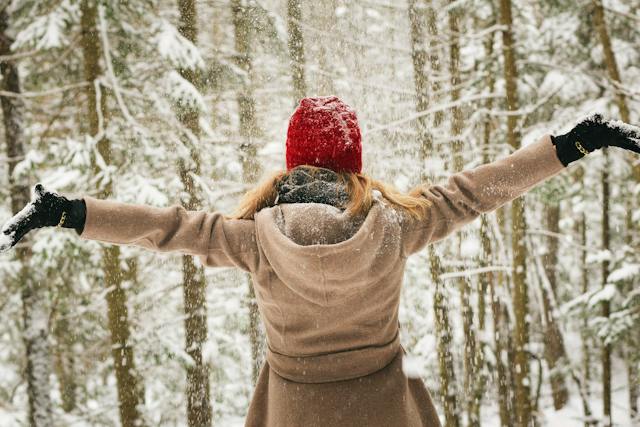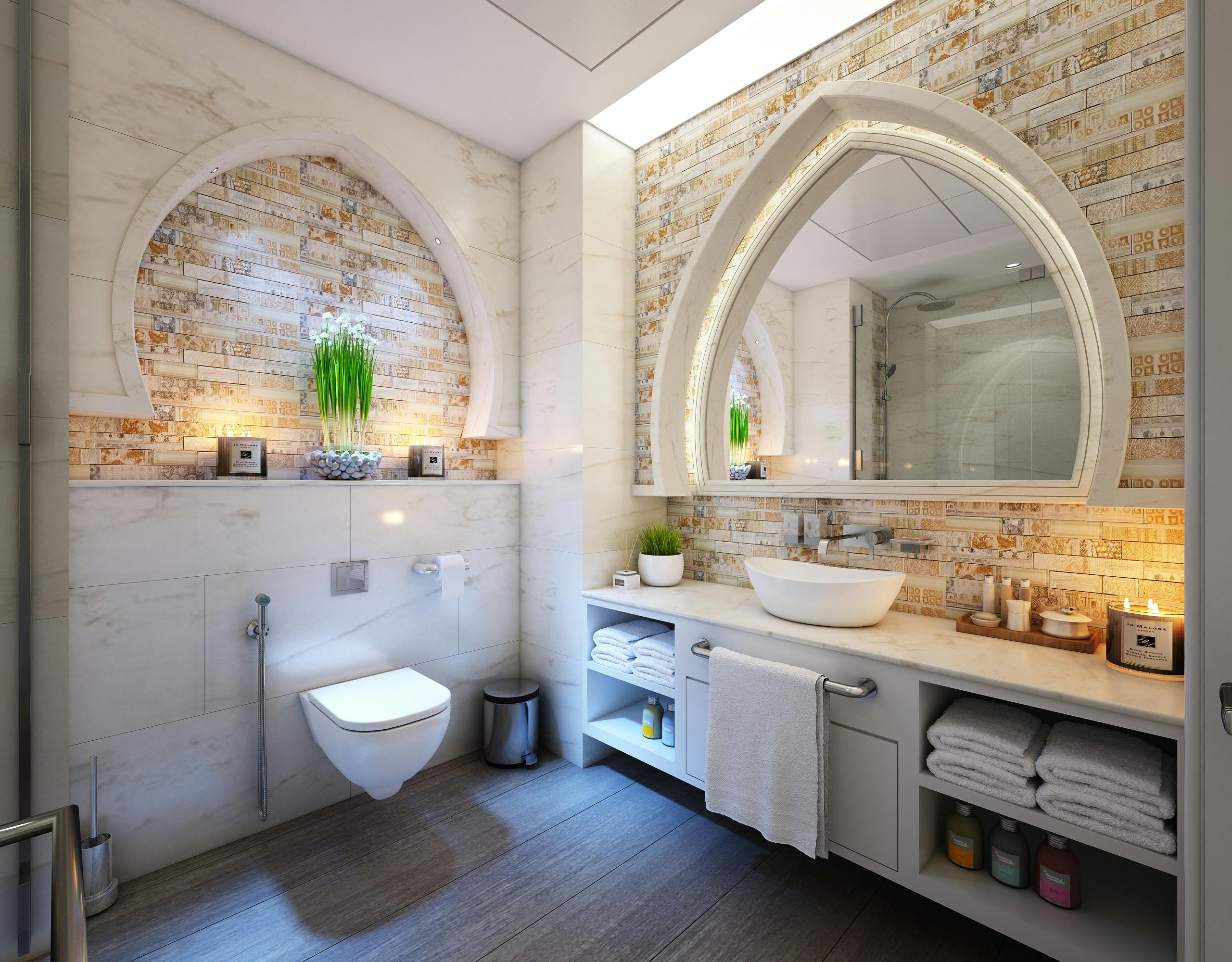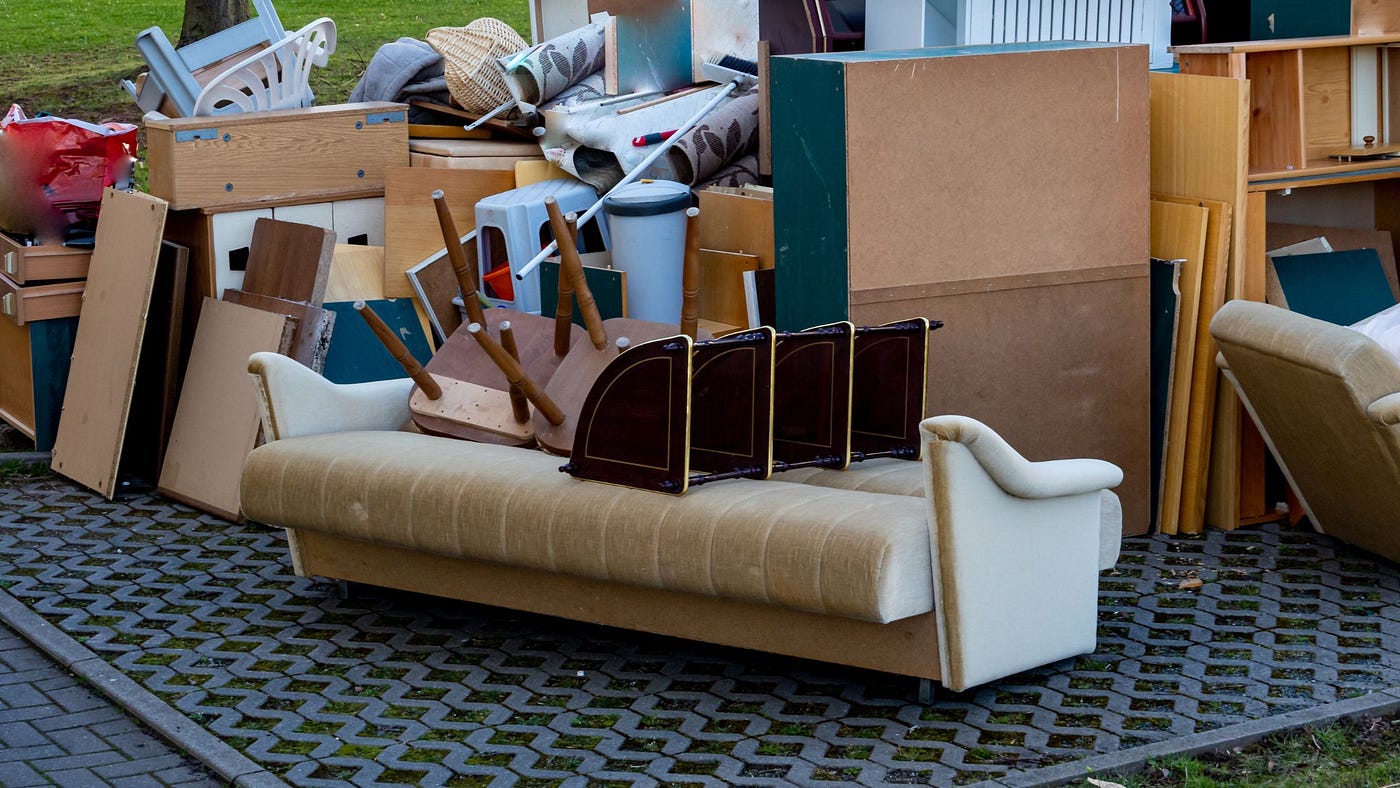Hey there, chilly friend! As winter wraps its frosty arms around us, it’s time to give some extra love and attention to the unsung hero of our homes – the plumbing. Chilly temperatures can pose a challenge for pipes, but fret not! You can ensure your plumbing stays warm and cozy all season with a few simple steps. Go ahead and enjoy a cup of cocoa, slip into your comfiest sweater, and immerse yourself in the comforting process of preparing your plumbing for winter.
- Insulate, Insulate, Insulate:
Just like bundling up in layers to stay warm, your pipes could also use some extra insulation. Wrap them up in foam or fiberglass sleeves to keep the cold at bay. Focus on areas like the basement, crawl spaces, and attics – the cozy corners where pipes can catch a winter chill.
- Seal the Cracks:
Think of your home as a snug cabin in the woods. Check for any drafts or cracks in the walls, windows, or doors. Secure them snugly to retain the warmth and keep the cold at bay. Your pipes will appreciate the effort, and you’ll save a little on your heating bill, too!
- Drip, Drip, Drip:
A little drip can go a long way in preventing a big freeze. When temperatures plummet, turn on the taps just enough to let a slow drip escape. Moving water is less likely to freeze, so this simple trick can be a game-changer in keeping your pipes flowing smoothly.
- Show Some Love to Your Water Heater:
Your water heater puts in additional effort during the winter months. Show it some love by draining a few gallons to clear out sediment that can build up over time. This action will enhance your heater’s efficiency, ensuring a continuous hot water flow whenever required.
- Outdoor Plumbing Protection:
Remember the brave outdoor plumbing fixtures facing the winter winds. Detach and stow away garden hoses, close outdoor water valves, and shield exterior faucets with insulated sleeves. These small steps can prevent big problems when the temperature drops.
- Open Cabinet Doors:
It’s a simple tip, but it works wonders. Uncover the cabinet doors beneath your sinks to permit the circulation of warm air around the pipes. This is especially important for those pipes located along exterior walls where the cold tends to creep in.
- Schedule a Plumbing Checkup:
When in doubt, call in the professionals. Scheduling a plumbing inspection before the winter season arrives can identify potential issues before they escalate into significant problems. Consider it a preventive winter wellness check for your home’s plumbing.
- Know Your Shut-off Valve:
Knowing where your main shut-off valve is located is crucial in a plumbing emergency. Get acquainted with its location, and ensure everyone in your household is also aware of it. Swiftly shutting off the water can save you from potential water damage in a sudden issue. If you’re uncertain or want professional advice, consider consulting plumbing technicians to guide you.
- Check for Leaks:
Perform a comprehensive examination of your plumbing system for any leaks. Even the smallest leak can transform into a significant issue when temperatures drop. Swiftly addressing leaks conserves water and mitigates the risk of freeze-related problems. If you’re unsure or find any leaks, contacting plumbing technicians can provide expert solutions before the cold weather sets in.
- Emergency Plumbing Contractors on Speed Dial:
Keep the contact information of emergency plumbing contractors handy. Having a trustworthy professional to contact can be a crucial lifesaver in a plumbing emergency. Whether dealing with a burst pipe or a sudden leak, having a professional readily available guarantees a prompt response to minimize the potential for damage. It’s like having a superhero for your plumbing emergencies!
- Consider Pipe Heating Cable:
Consider investing in pipe heating cable for those extra chilly areas in your home, like unheated basements or crawl spaces. This nifty gadget wraps around your pipes, providing a gentle warmth to prevent freezing. Consulting with plumbing technicians can help determine the best areas to install heating cables and ensure it’s done safely and effectively.
- Prepare an Emergency Kit:
Consider preparing a plumbing emergency kit just as you would have a first aid kit for medical emergencies. Include items like pipe repair clamps, plumbing tape, and a bucket. These essentials can offer a temporary fix until professional help arrives. Engage in a conversation with plumbing experts about which items could prove advantageous in your particular scenario.
Conclusion:
Winterizing your plumbing combines DIY efforts and professional assistance. By following these friendly tips and considering the expertise of plumbing technicians and emergency plumbing contractors, you can ensure that your home is well-prepared to face the challenges of cold weather. Stay warm, stay cozy, and let your plumbing feel the warmth of a winter-ready embrace!











